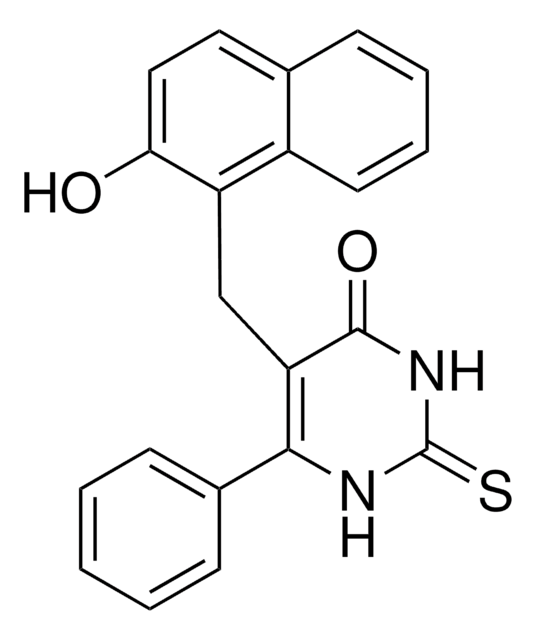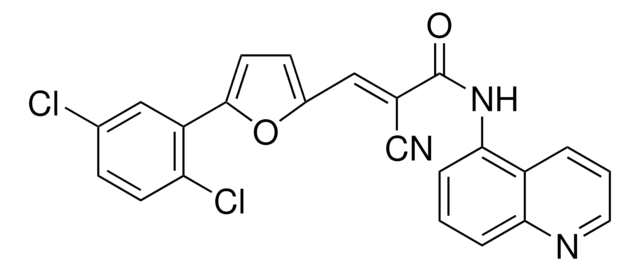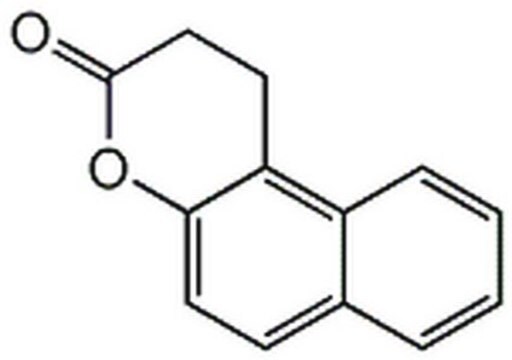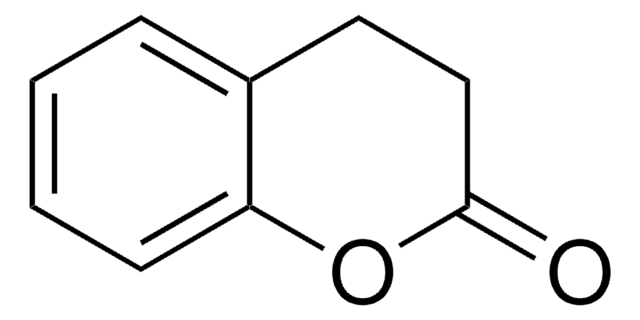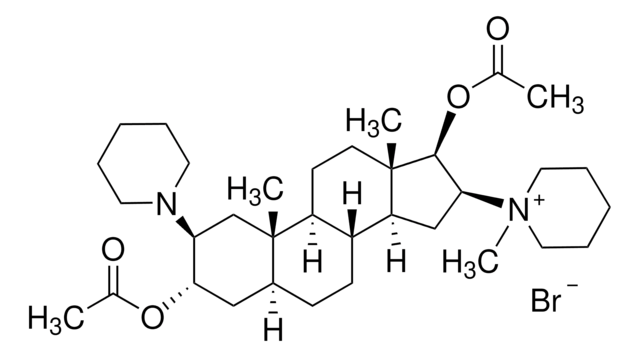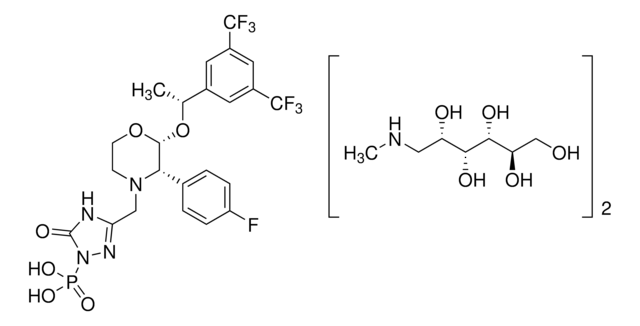S4068
Splitomicin
≥98% (HPLC), powder
Synonym(s):
1,2-Dihydro-3H-naphtho[2,1-b]pyran-3-one
About This Item
Recommended Products
Quality Level
Assay
≥98% (HPLC)
form
powder
storage temp.
2-8°C
SMILES string
O=C1CCc2c(O1)ccc3ccccc23
InChI
1S/C13H10O2/c14-13-8-6-11-10-4-2-1-3-9(10)5-7-12(11)15-13/h1-5,7H,6,8H2
InChI key
ISFPDBUKMJDAJH-UHFFFAOYSA-N
Application
Biochem/physiol Actions
Features and Benefits
related product
Storage Class Code
11 - Combustible Solids
WGK
WGK 3
Flash Point(F)
Not applicable
Flash Point(C)
Not applicable
Personal Protective Equipment
Certificates of Analysis (COA)
Search for Certificates of Analysis (COA) by entering the products Lot/Batch Number. Lot and Batch Numbers can be found on a product’s label following the words ‘Lot’ or ‘Batch’.
Already Own This Product?
Find documentation for the products that you have recently purchased in the Document Library.
Customers Also Viewed
Articles
Epigenetic modifications are thought to occur through two key interconnected processes—DNA methylation and the covalent modification of histones.
We offer a variety of small molecule research tools, such as transcription factor modulators, inhibitors of chromatin modifying enzymes, and agonists/antagonists for target identification and validation in gene regulation research; a selection of these research tools is shown below.
Our team of scientists has experience in all areas of research including Life Science, Material Science, Chemical Synthesis, Chromatography, Analytical and many others.
Contact Technical Service